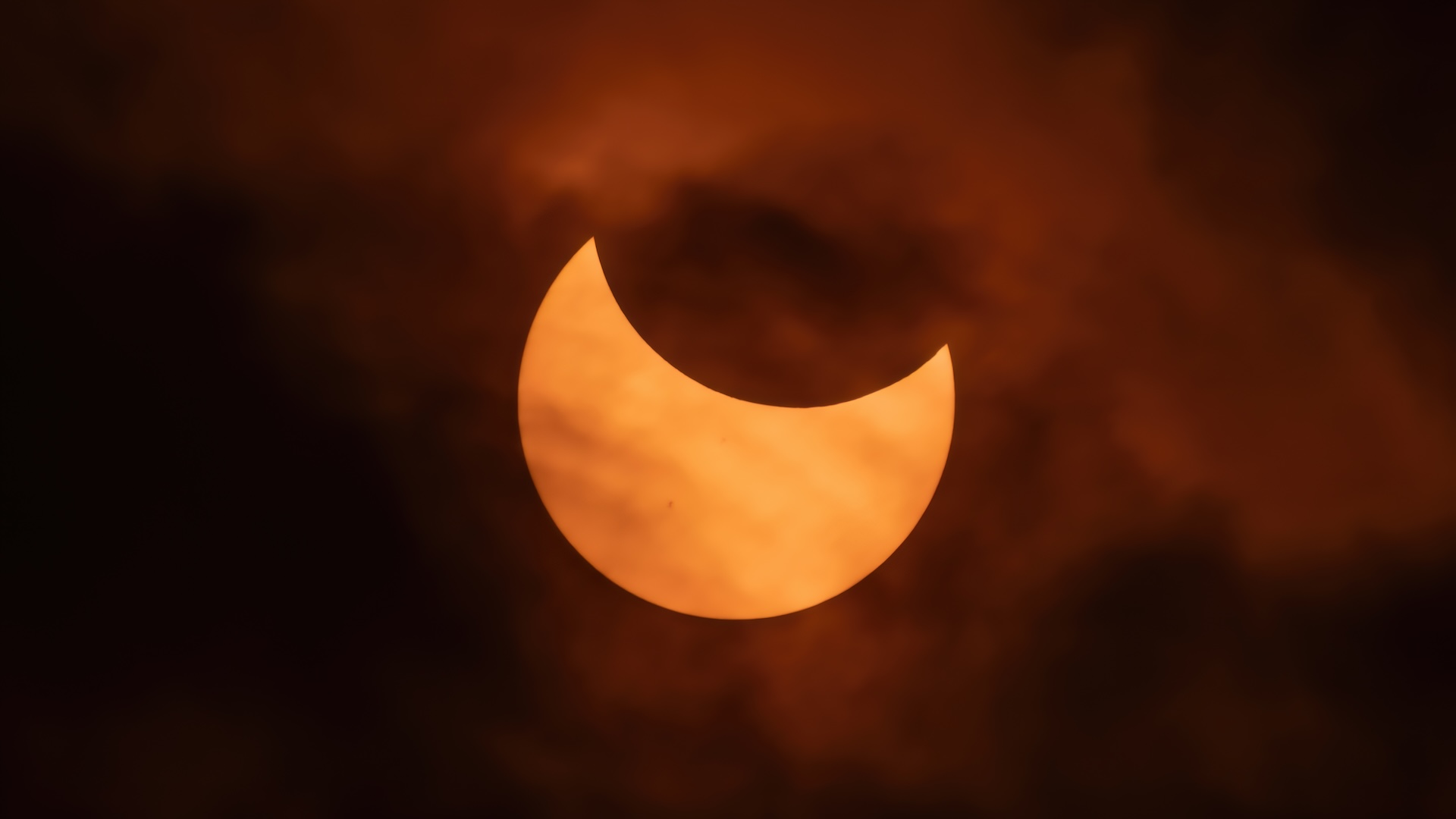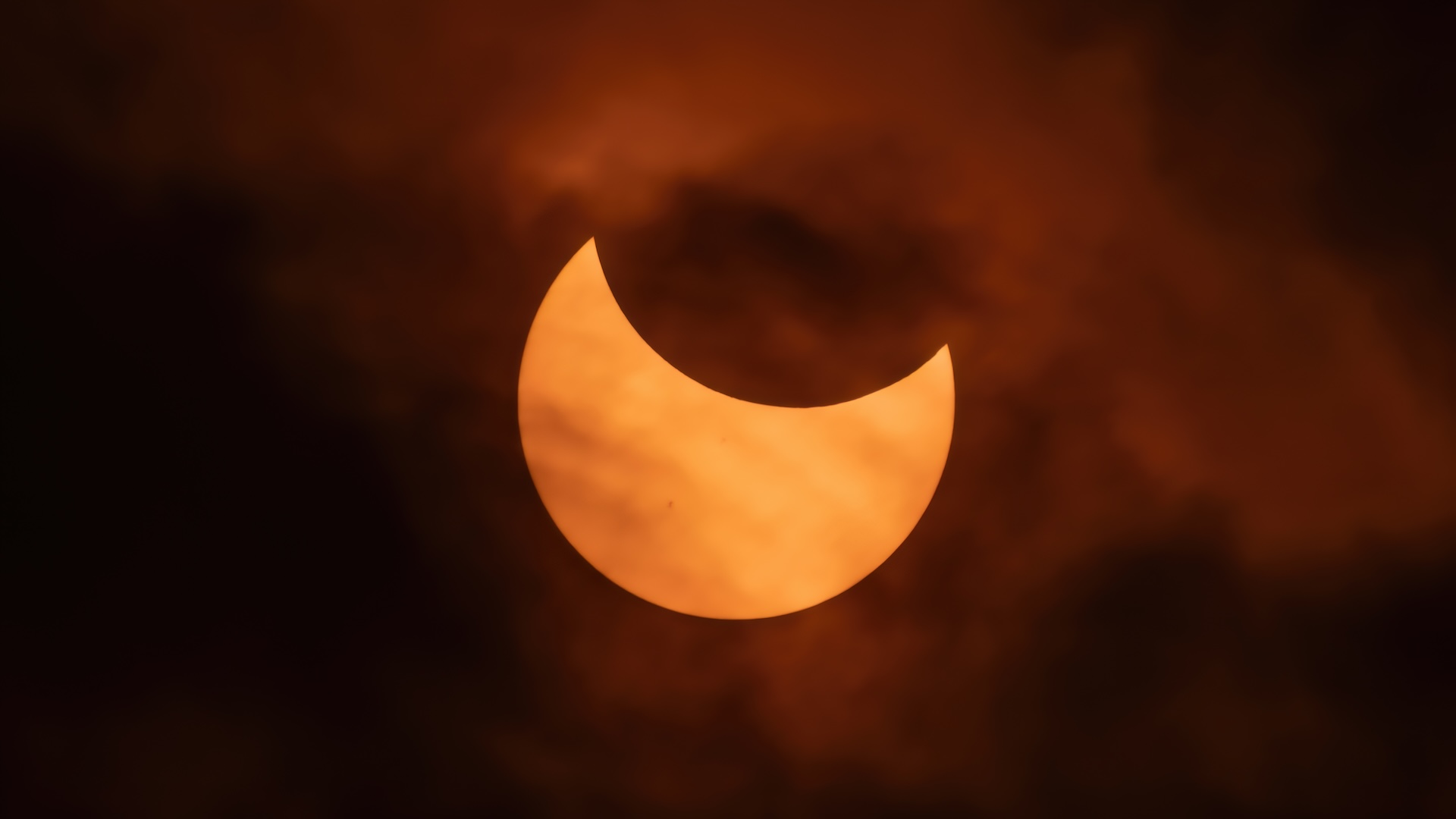Now Reading: March 29 Solar Eclipse: States to Witness Spectacle and Rare ‘Double Sunrise
-
01
March 29 Solar Eclipse: States to Witness Spectacle and Rare ‘Double Sunrise
March 29 Solar Eclipse: States to Witness Spectacle and Rare ‘Double Sunrise

Speedy Summary
- A partial solar eclipse will be visible in 13 U.S. states on March 29, 2025, with the northeastern coast offering the best views.
- Coastal New England states like Maine (86% coverage), New Hampshire (57%), and Massachusetts (55%) will experience meaningful obscuration of the sun. Boston’s coverage will reach 43%.
- cities like New York City (21%), Philadelphia (11%), and Washington, D.C. (1.2%) will witness more modest eclipses.
- A rare “double sunrise” effect might potentially be visible in northeastern Maine, southwestern New Brunswick, eastern Quebec, and prime coastal viewing locations such as Quoddy Head State Park.
- Coastal areas in atlantic Canada also have high coverage rates: Halifax and St. John’s at 82%, with Moncton experiencing 84%.
- Maximum eclipse occurs near Akulivik, Nunavik in northern Quebec (~91%).
- Other global regions like iceland (~67% obscuration) and parts of Europe/Africa see varying degrees of obstruction during this event.

Indian Opinion Analysis
The rarity of a “double sunrise” caused by the partial solar eclipse demonstrates how astronomical phenomena continue to capture public creativity across cultures worldwide. While this event is geographically concentrated in North America with limited visibility elsewhere – including parts of Europe and Africa – it offers insights into global preparedness for observing celestial events safely using certified eyewear or tools like solar filters.
From India’s outlook as a nation culturally attuned to celestial observations due to astrology and science alike,events such as these serve as reminders for furthering investments into astronomy education and research infrastructure. Encouraging interest among citizens about astronomy could align well with India’s space exploration ambitions spearheaded by ISRO.Read More: Live Science























